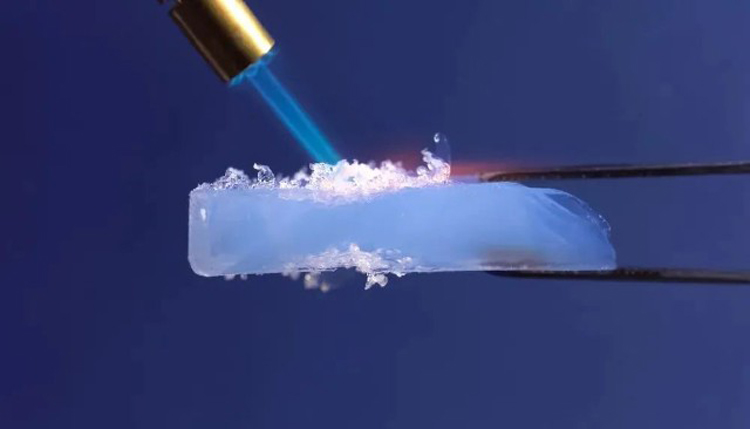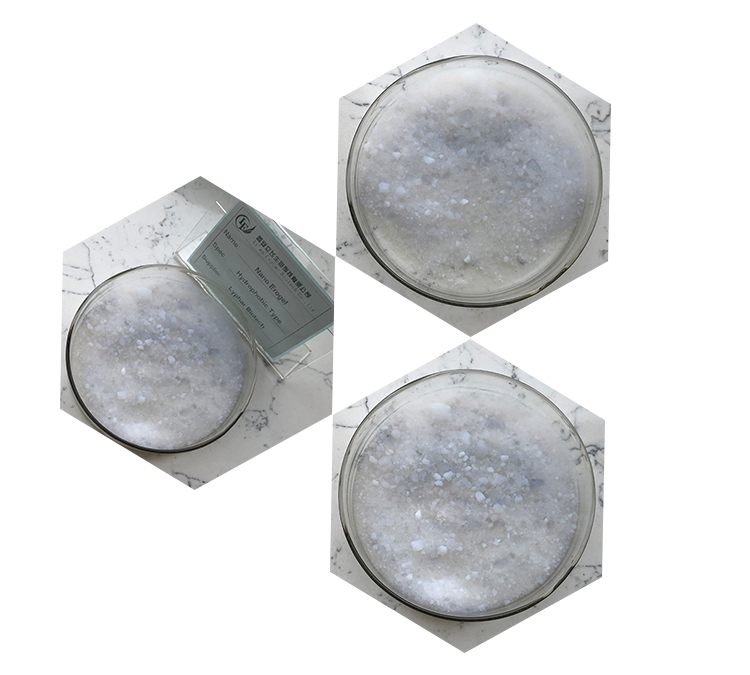Aerogel is a highly porous and lightweight material known for its exceptional thermal insulation properties. It is often used in various applications, including insulation for spacecraft, oil and gas pipelines, and as a lightweight material in consumer products. To use aerogel for the best results, consider the following tips:
1.Handle with Care:
Aerogel is delicate and can be easily damaged. Handle it with care to avoid breaking or compressing the material, as this can reduce its effectiveness.
2.Protect from Moisture:
Aerogel is sensitive to moisture, and contact with water can degrade its performance. Use it in environments where moisture exposure is minimal, or consider coating it with a waterproof material if necessary.
3.Appropriate Sealing:
Ensure that aerogel is appropriately sealed in its application to prevent air circulation. Proper sealing helps maximize its insulating capabilities by minimizing convective heat transfer.

4.Optimal Thickness:
The insulating properties of aerogel are thickness-dependent. Using an optimal thickness for your specific application will help achieve the best results. Thicker layers generally provide better insulation, but considerations such as weight and space constraints may impact the choice of thickness.
5.Use in Vacuum Insulation Panels (VIPs):
Aerogel is often incorporated into Vacuum Insulation Panels (VIPs) to enhance thermal insulation. VIPs are sealed panels with a vacuum between them, reducing heat transfer through conduction and convection.
6.Consider Application-specific Properties:
Different types of aerogels exist with varying properties. Some are better suited for specific temperature ranges, while others may have superior mechanical strength. Choose the type of aerogel that aligns with the requirements of your application.
7.Custom Shapes and Sizes:
Aerogel can be manufactured in various shapes and sizes to fit specific applications. Consider customizing the aerogel to match the contours or requirements of the space in which it will be used.
8.Adhesive Considerations:
When applying aerogel in a particular space, consider the type of adhesive used. Ensure that the adhesive does not compromise the insulating properties of the aerogel.

9.Testing and Quality Control:
Perform testing to ensure that the aerogel meets the required standards and specifications for your application. Quality control is crucial to guarantee its effectiveness over time.
10.Compliance with Regulations:
Be aware of any regulations or safety guidelines related to the use of aerogel in your specific application. Ensure compliance with industry standards and safety protocols.
Always refer to the manufacturer’s guidelines and recommendations for the specific aerogel product you are using, as these may provide essential details for optimal utilization.
